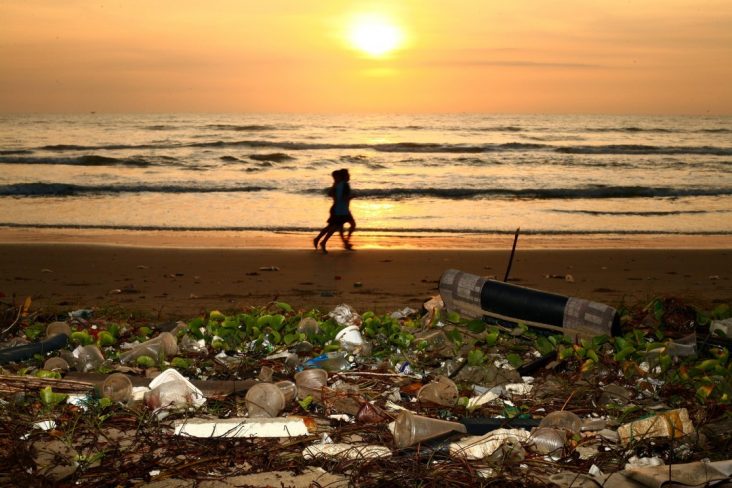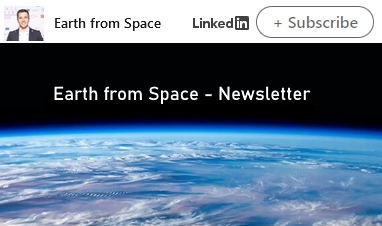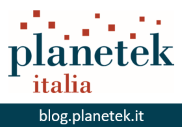Waste: how can we act now?

On average, Europeans produce 481 kilograms of urban waste every year: construction and demolition waste, mining waste, industrial waste, old televisions, old cars, batteries, plastic bags, etc. If some of this waste is recycled, another part creates so-called open-air dumps on land, sea, and coastline.
To save the earth from waste, can we go into space?
Few technologies have the potential to provide data on the entire planet with the same quality and possibilities aimed at improving the quality of the environment, protecting human health, and increasing efficiency in waste management. The global vision of satellites can do this from the land to the coast to monitoring the seas and oceans.
Earth observation services can identify areas with potential buried and surface waste by monitoring active landfills thanks to:
- ultra-high resolution hyperspectral and thermal satellite imagery;
- differential interferometry techniques with synthetic aperture radar (insar).
A sea of plastic trash
Among the waste that ends up in the sea, plastic stands out. It is estimated that a truckload of plastic waste alone ends up in the sea every minute, totaling 8 million tonnes per year, resulting in so-called plastic islands.
They are veritable floating dumps with a high density of plastic waste in the sea.
he largest plastic island in the world is the Pacific Trash Vortex, a veritable accumulation of floating rubbish. It is in the pacific ocean, and its size is immense. Estimates range from a minimum of 700,000 km² to more than 10 million km², totaling about 3 million tonnes of accumulated waste. To give a more precise idea, its size is similar to that of the Iberian Peninsula.
Plastic island: how can we act?
Planetek Italia, with more than 28 years of experience in earth observation, developed a methodology to identify beached plastic waste floating off or near the coast. The chosen method uses data fusion techniques of multispectral (e.g., sentinel2, VHR) and hyperspectral (e.g.Prisma) data, together with in situ data.
With this project, Planetek Italia responded to the end user’s needs to:
- Carry out regular monitoring of plastic waste at sea over large areas;
- Provide spatial and temporal dynamics of plastic litter;
- Support field campaigns, providing helpful information to facilitate in situ activities.
Read on: Join “Earth from Space” newsletter on LinkedIn


